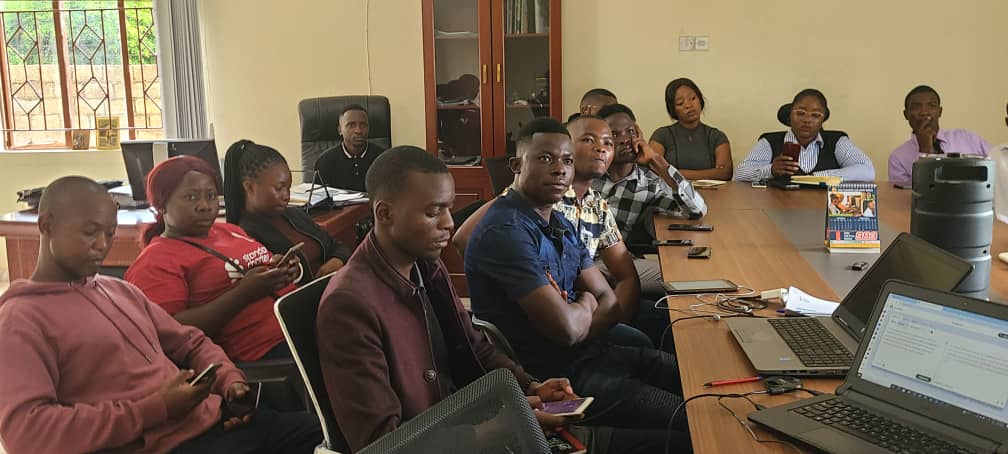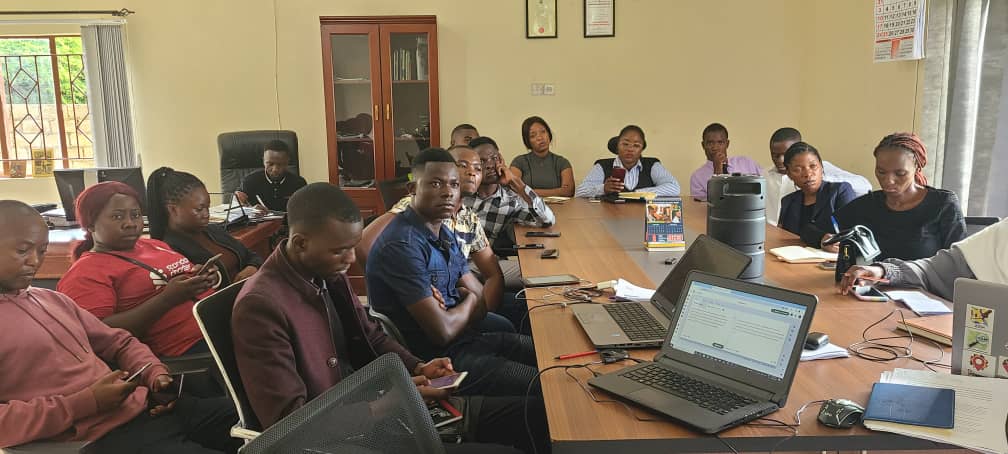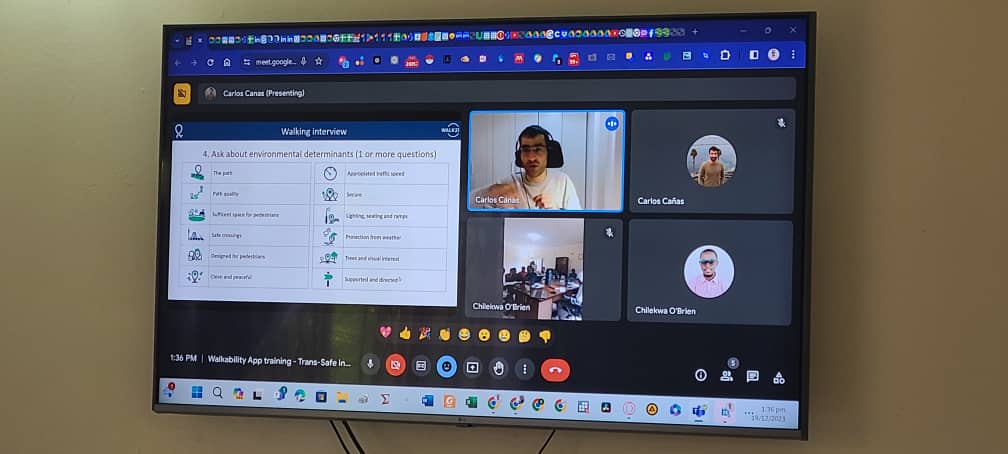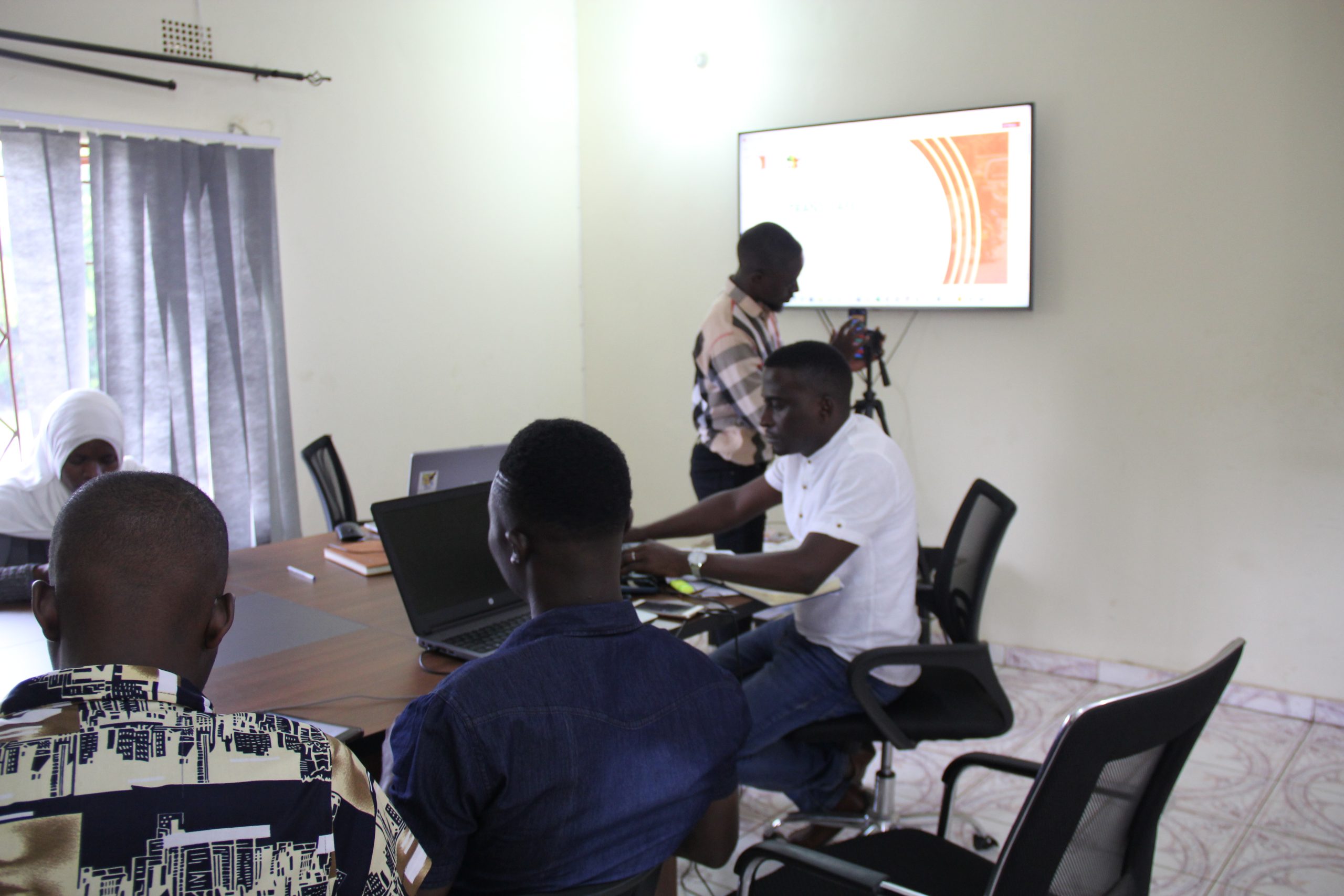
ENHANCING URBAN MOBILITY: SUCCESSFUL WALKABILITY TRAINING SESSION IN LUSAKA
Lusaka is a key strategic hub in Southern and Central Africa, connected by major highways to neighboring countries such as the Democratic Republic of the Congo (DRC), Tanzania, Malawi, Zimbabwe, Namibia, and Angola. As one of the fastest-developing urban centers in the region, Lusaka’s population is growing at an impressive rate of five percent annually. With approximately 17% of Zambia’s 20 million residents living in Lusaka, the city’s development is vital for the country’s economic and social prosperity.
However, mobility in Lusaka faces significant challenges due to road network shortcomings, public transport deficiencies, and a lack of sufficient Non-Motorized Transport (NMT) infrastructure. These issues disproportionately affect marginalized groups, including women, children, youths, older persons, and persons with disabilities.
To address these challenges and improve pedestrian safety, we recently held a walkability training session in partnership in Walk21. This session aimed to equip participants with the knowledge and skills needed to enhance walkability and pedestrian safety in our rapidly growing city.
The session helped participants understand the current State of walkability, address pedestrian safety concerns and explore the NMT strategy.
The walkability training session, part of the Trans-Safe Project, is just one step towards a safer and more accessible urban environment in Lusaka.


